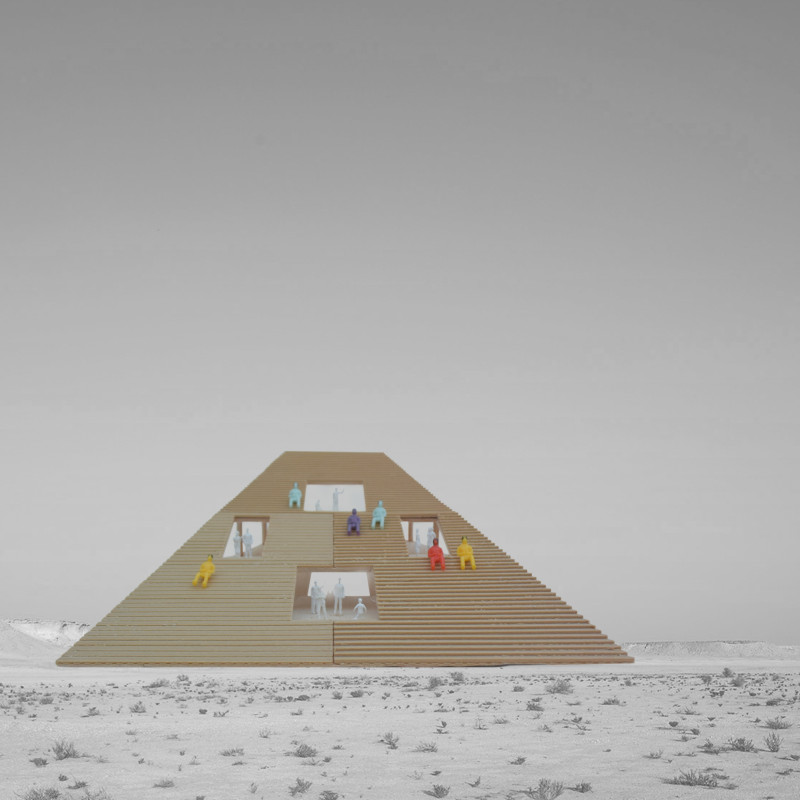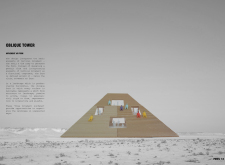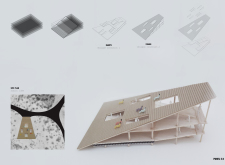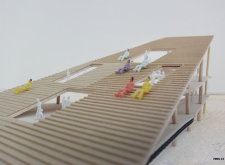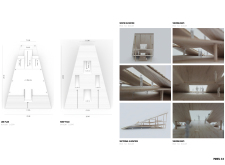5 key facts about this project
The Oblique Tower presents a thoughtful response to the flat landscape that surrounds it. By integrating stairs and ramps fundamentally into its design, the tower embodies the idea of "movement as form." This approach creates a building that not only serves its function but also invites people to interact with it in meaningful ways. Users are encouraged to explore the space freely, making the engagement with the structure both practical and enjoyable.
Design Concept
The design focuses on blending vertical movement with architectural form. Stairs and ramps are not simply added parts but are key elements that shape the building’s appearance and utility. The oblique shape is not only visually striking but also enhances the experience of navigating the tower. Each movement within the space becomes more than just a transition; it is an integral part of the overall design.
Spatial Experience
The oblique design makes every surface usable, allowing for a varied experience of the building. This feature encourages users to engage with the structure and environment in various ways. Rather than presenting a static form, the tower transforms the surrounding area into an active space that invites exploration. The concept of 'free movement surfaces' plays a central role, providing different methods for people to interact with the environment and each other.
Architectural Language
In its configuration, the tower establishes a way of speaking through architecture that emphasizes interactivity. Integrated vertical movement allows individuals to move throughout the space easily. This design prioritizes user engagement and creates a relationship between the building and its occupants. The playful arrangement of surfaces contributes to a rich experience, moving the conversation around functionality in architecture to a more experiential realm.
The Oblique Tower is characterized by its thoughtful arrangement of spaces. It features surfaces that prompt movement and engagement, weaving together design and experience into a cohesive whole. Each element plays a role in facilitating connection while challenging traditional expectations of what a building can be.


